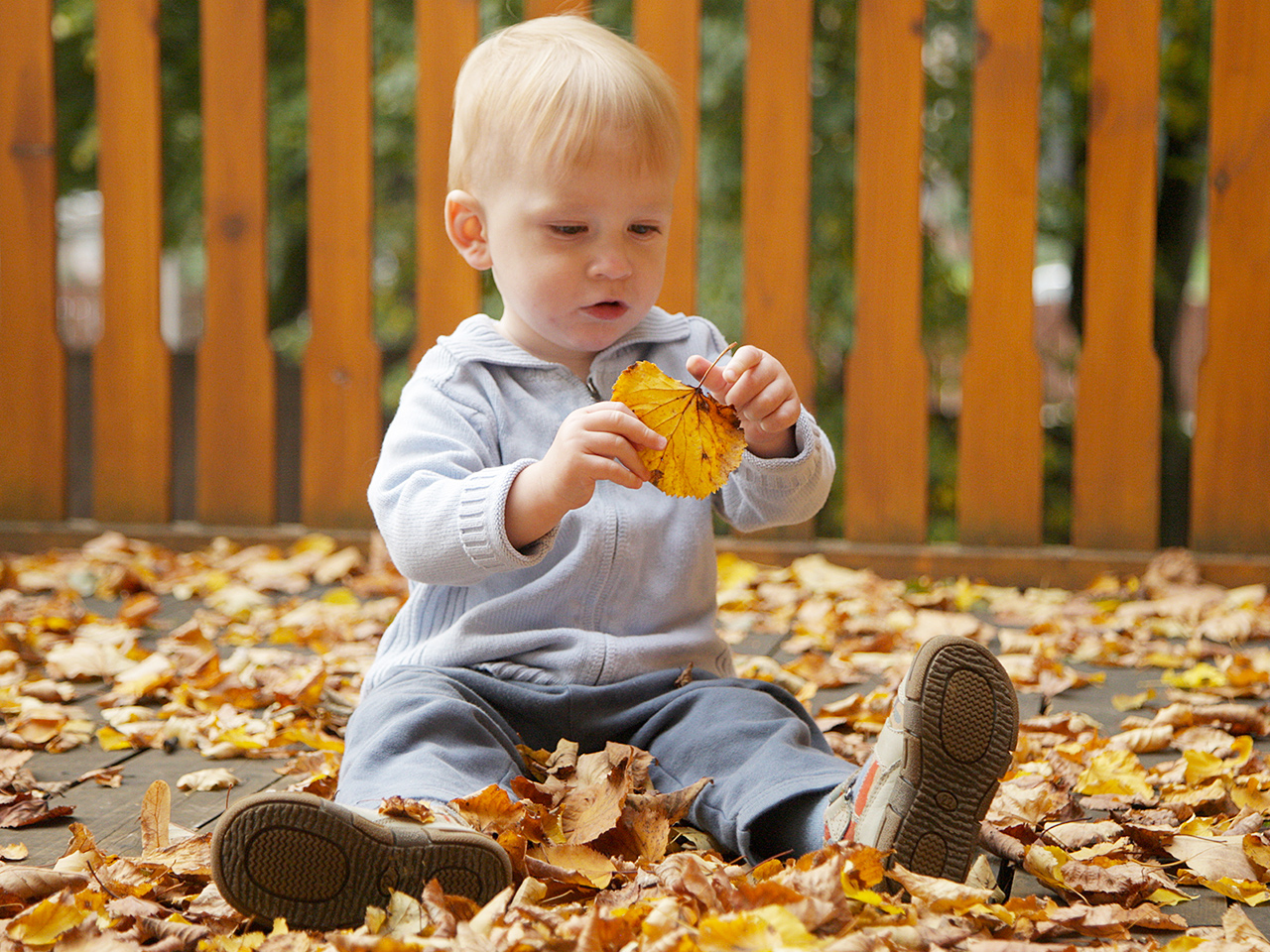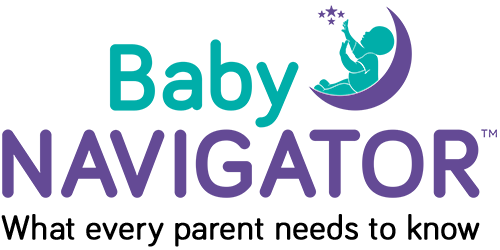It’s All in the Hands

How do you know what babies are thinking before they can talk? You’d be amazed at what a baby’s hands can tell you.
What babies do with their hands sets into motion learning to talk. Learn what babies are doing with their hands each month from 9 to 16 months by flipping through our Baby Navigator Lookbooks — 16 Gestures by 16 Months and 16 Actions with Objects by 16 Months. By observing early gestures and actions with objects, you can get a critical snapshot of what a baby knows and is thinking about.
Why is Social Communication Development Important?
Good communication development starts in the first year of life and goes far beyond learning how to talk. Communication development has its roots in social interaction with familiar caregivers during everyday activities. A child’s growth in social communication is important because it helps the child connect, learn language and play concepts, and sets the stage for learning to read and future success in school. Good communication skills are the best tool to prevent behavior problems and make it easier to work through moments of frustration that all infants and toddlers face.
Spotting small gaps in early actions with objects and gestures during the first 2 years is the best time to get ready for preschool so children can reach their potential by kindergarten.
Earlier is Better
Catching communication and language difficulties early can prevent potential problems later with behavior, learning, reading, and social interaction. Research on brain development reminds us that “earlier IS better” when teaching young children. The most critical period for learning is during the first two years of a child’s life. Pathways in the brain develop as infants and young children learn from exploring and interacting with people and objects in their environment. The brain’s architecture is developing the most rapidly during this critical period and is the most sensitive to experiential learning. By age 3, most of the major brain circuits are mature, and later it becomes more difficult to make significant changes in a child’s growth trajectory. For more information, see “The Science of Early Childhood Development” at the Center on the Developing Child | Harvard University.
Critical Milestones to Launch Language, Imagination, and Learning
 Watching the growth and sophistication of gestures and actions with objects tells you a lot about a child’s communication, play, and language development — and whether to be concerned if a child is not yet talking. Children learn by doing — discovering what they can do with objects leads to learning to pretend — and that launches imagination and fuels language learning. While the specific gestures and actions with objects a child learns may vary depending on their family or culture, having 16 gestures and 16 actions by 16 months is a critical milestone for all children because it sets into motion using first words at 12 to 18 months and moving into a vocabulary burst at 18 to 21 months. That is when children now get the idea that everything has a name, and they learn new words rapidly. By their 2nd birthday, children learn to use words and phrases to describe, inquire, and negotiate with others. It’s this ability to talk, imagine, and create new ideas that sets the stage for lifelong learning.
Watching the growth and sophistication of gestures and actions with objects tells you a lot about a child’s communication, play, and language development — and whether to be concerned if a child is not yet talking. Children learn by doing — discovering what they can do with objects leads to learning to pretend — and that launches imagination and fuels language learning. While the specific gestures and actions with objects a child learns may vary depending on their family or culture, having 16 gestures and 16 actions by 16 months is a critical milestone for all children because it sets into motion using first words at 12 to 18 months and moving into a vocabulary burst at 18 to 21 months. That is when children now get the idea that everything has a name, and they learn new words rapidly. By their 2nd birthday, children learn to use words and phrases to describe, inquire, and negotiate with others. It’s this ability to talk, imagine, and create new ideas that sets the stage for lifelong learning.
 The richest moments for early language learning are when the child and caregiver are sharing attention on the same thing and the caregiver talks about what the child is doing with their hands, creating opportunities to learn that stem from social interaction. If a child is not using these early gestures and actions with objects, then the parent may not have the chance to respond and follow the child’s focus, which in turn limits the child’s opportunity for both language learning and social connectedness.
The richest moments for early language learning are when the child and caregiver are sharing attention on the same thing and the caregiver talks about what the child is doing with their hands, creating opportunities to learn that stem from social interaction. If a child is not using these early gestures and actions with objects, then the parent may not have the chance to respond and follow the child’s focus, which in turn limits the child’s opportunity for both language learning and social connectedness.
As early gestures and actions with objects are developing, you should also see other social communication milestones — the use of eye gaze and facial expressions to share attention and emotion, an increasing rate of communicating with sounds and gestures, a wider variety of actions in play, and an emerging ability to comprehend the meaning of spoken words. If these early social communication milestones are not solidly in place, it is likely that language will be delayed. It is important to keep in mind that delays in many social communication milestones may indicate risk for autism or other developmental delays. By detecting small gaps in early social communication skills, you can get extra help to support your child’s development before significant delays are evident.
The Best Time to Get Ready for Preschool is from Birth to 24 Months
Spotting small gaps in early actions with objects and gestures during the first 2 years is the best time to get ready for preschool so children can reach their potential by kindergarten.

Hands Down, it’s Magical
Come watch videos with us as we explore what it takes to learn to talk. Join our free webinar series, Social Communication Development in Infants & Toddlers (SC•DIT). We offer this series 4 times a year — mark your calendar for the summer series starting August 2nd. Find out more and register. Learn how you can encourage the magic.
Visit our webinar page to learn about all 12 of our webinars. Use the calendar view to plan your schedule. Visit our courses page to learn more about Autism Navigator online courses that expand on the content of our webinars. All our webinars are FREE, but you must register.
Can you Give us a Hand?
Please help us spread the word by sharing this Blog with professionals, families, and friends in your social networks.
